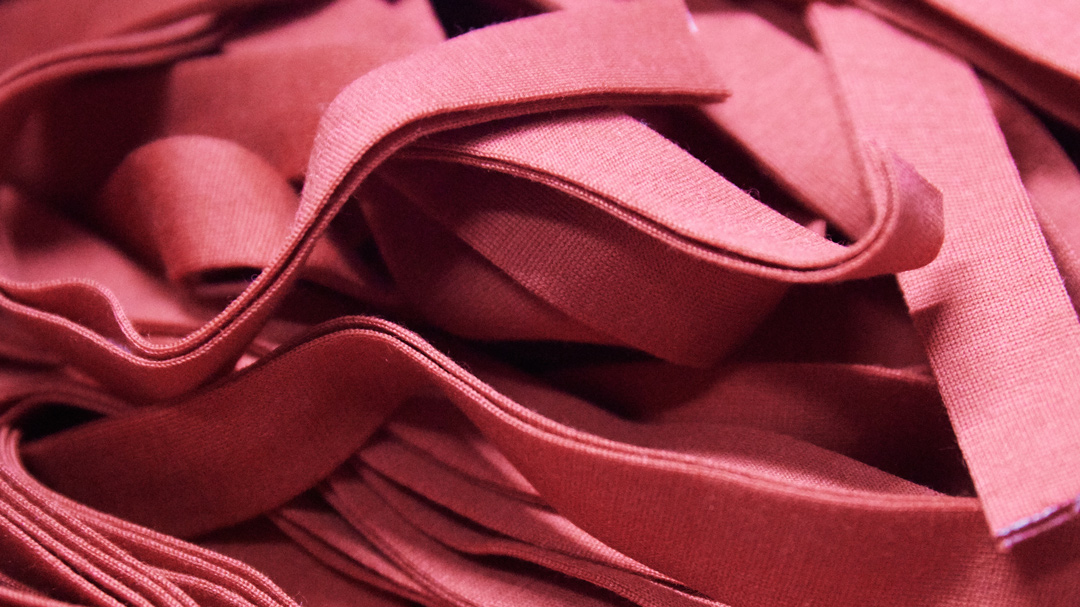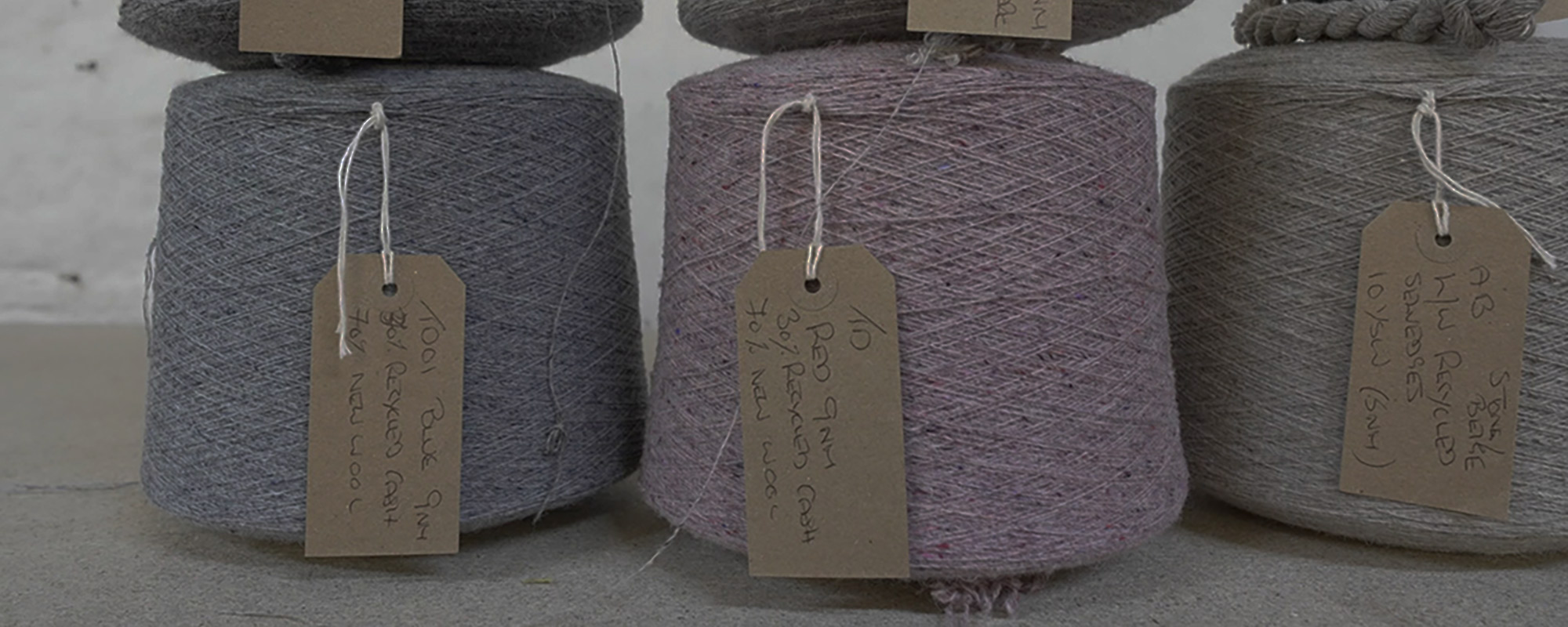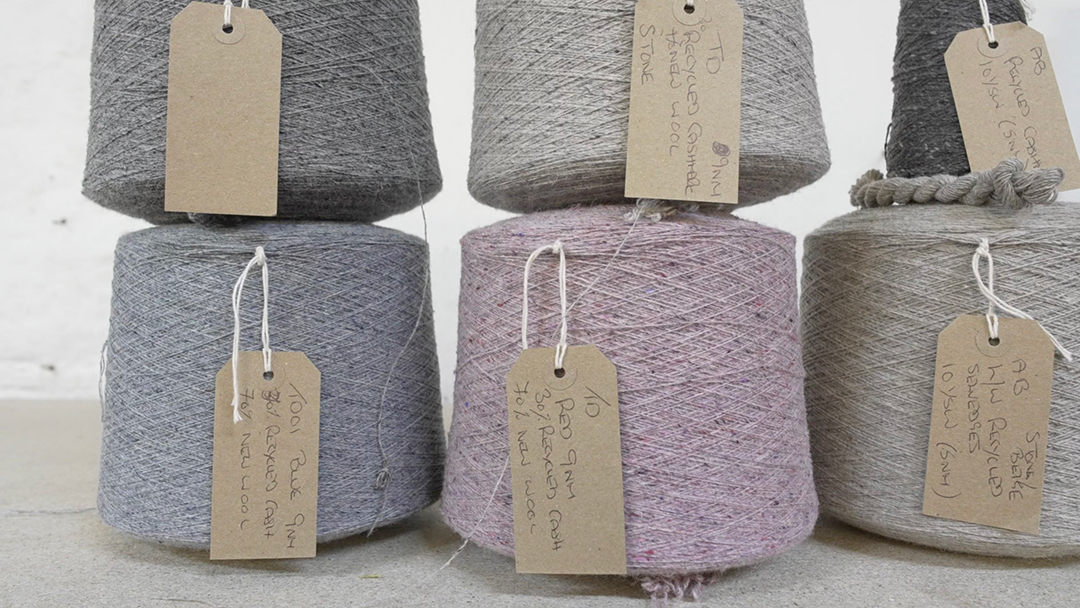Extended Producer Responsibility (EPR) is a political lever to combatting waste. Under EPR, producers such as brands and designers will have physical and/or financial responsibility for the management and disposal of their products at end of useful life.

Globally, we are producing, consuming, and wasting materials at an unsustainable rate. Between 2002 and 2015, global clothing production more than doubled with the average consumer buying 60% more but keeping each garment for half as long1.
Research suggests some garments are discarded after 7/8 uses2, indicative of the mindset around ‘disposable’ garments, and fast fashion’s links to high product turnover, low product quality, and short lifespans.
Wool has many impressive features that provide a unique place for the fibre in an EPR-mandated textile world. These benefits can be utilised by brands, designers, and supply chain as they move towards compliance with emerging EPR legislation.
What is Extended Producer Responsibility?
Extended Producer Responsibility (EPR) is an approach to environmental policy in which producers – including brands, designers, and supply chain – hold responsibility for the disposal and management of their products when they reach the end of their primary life.
Mandatory EPR schemes for textiles are already implemented in some countries, such as France and Sweden, with the European Union (EU) looking to implement an EPR scheme for textiles across its member states.
Why is EPR being introduced?
EPR schemes are used by legislative bodies to encourage producers to adopt sustainable and circular principles of product design and thereby reduce the environmental footprint of their products.
It’s important to respect the closed loop because the brands, the companies, have the responsibility to know where their garments are going.

How to Prepare for EPR
Designing out waste is a key step to addressing EPR requirements. Tackling waste at the design stage ensures that all parts of materials are used and that products do not go to landfill when they reach their end of life, which is an important element of EPR.
Wool is strongly positioned to design out waste, with all parts of the wool fleece (bellies, skirtings, etc.) usable for design. Learn more about how wool can help to design out waste with our Circular design made easy with wool toolkit.
Watch our Wool and Extended Producer Responsibility video to hear from experts and explore more about what designers can do to prepare for an EPR-mandated world and how decisions at product conception determine a product’s full lifecycle impact.

What is Eco-Modulation in EPR?
The idea of eco-modulation is increasingly being discussed by governments in relation to EPR legislation. Eco-modulation involves penalising or awarding fines to brands and textile producers that use materials perceived to be environmentally harmful, while rewarding the use of materials that are environmentally aligned (i.e., recyclable materials).
Eco-modulation can look like taxes on products with large carbon footprints or providing subsidies for demonstrated environmental benefit. This means that recycled wool could be a solution for brands and designers addressing eco-modulation and EPR.
It’s difficult to be certain about how EPR and any fees or taxes associated with EPR will affect market dynamics, but clearly, if products are designed and can be demonstrated to be more durable, more long lasting… then you’d expect those products to be more competitive when it comes to the application of fees.

Why Wool Is a Perfect Fit for Extended Producer Responsibility
- Wool has a long history of recycling and re-use: Wool is the world's most recycled apparel fibre. No other fibre type has such a well-established, commercially viable mechanical recycling pathway. Other fibres or blends require chemical/thermal recycling methods to achieve closed-loop fibre recycling and existing infrastructure severely restricts capacity.
- Recycled wool produces high-quality yarns: High quality apparel fabrics can be made with yarns containing as much as 80% recycled wool. Such use of recycled wool aligns with the proposed aims of the EU relating to mandatory recycled content for textile products.
- Post-consumer wool is valuable to recyclers: Even if the wool is no longer suitable for closed-loop (or clothing to clothing) recycling to make yarns, its benefits such as fire resistance has value for open-loop recycling to make products for insulation, padding and interiors etc, such as mattress components. This means that by using recycled wool, producers are set to incur a reduced penalty when EPR laws come into effect.
- Recycled wool can provide financial incentives: The introduction of EPR schemes in France has allowed brands that use post-consumer recycled fibres (such as wool), reclaimed through closed-loop recycling, to receive a 50% reduction in the EPR tax. Wool’s commercially profitable recycling industry provides a good example of the benefits to be gained by manufacturers and brands using the fibre.
While the regulatory measures in this space continue to evolve, a key solution is to keep clothing in use and out of waste streams. This is about creating clothing that is loved and lasts. It’s about material selection, good design, responsible business models, longer garment lifespan, and a what happens at the end of life. It’s about making good choices, which will have a positive impact on the future of fashion and the planet.

Wool and Extended Producer Responsibility fact sheet
Download the Wool and Extended Producer Responsibility fact sheet to learn more.
1 Ellen MacArthur Foundation, A New Textiles Economy: Redesigning Fashion’s Future, 2017
2 McKinsey, Style that’s sustainable: A new fast-fashion formula, 2016